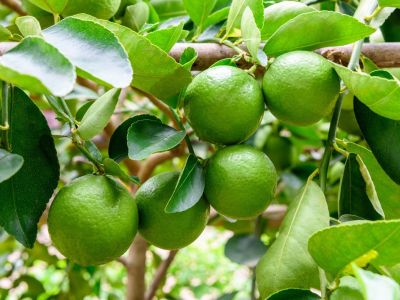How to Plant a Lime Tree
Many people choose to purchase a lime tree from a local nursery rather than grow them from seed (though they are very easy to grow from seed). Once you have purchased your lime tree, you will need to plant it. The steps for how to plant a lime tree are pretty much the same whether you plan on planting it in the ground or in a container. First, when growing lime trees, make sure that where your lime tree will be planted will receive plenty of sunshine. If at all possible, choose a location that gets southern sun. Second, make sure the drainage is excellent. If you pay attention to no other lime tree tips, you must pay attention to this one. Growing lime trees in soil that does not have excellent drainage will kill your lime tree. Amend the soil to improve drainage to make sure that your lime tree will never be exposed to standing water. If planting in the ground, make sure the soil around the tree is a little higher than the ground outside the planting hole to prevent the pooling of water around the lime tree. Third, when backfilling the hole or container, be sure to make sure that the soil is firmly in place around the root ball. If a pocket of air is created, the tree will die. Tamp the soil continually or water the soil every few inches (7.5 to 12.5 cm.) while you backfill.
Lime Tree Tips for Care
Care of lime trees is pretty straightforward after you know how to plant a lime tree. Some lime tree care tips include:
Water consistently – Lime trees will drop their leaves if left dry for too long. This being said, too much watering will kill them as well. The best care of lime trees means that you water consistently but not obsessively. Fertilize frequently – Lime trees are heavy feeders. They will quickly deplete the soil around them, in the ground or in a container. Be sure to fertilize every few months with compost or a nitrogen-rich fertilizer. Keep them warm – Lime trees cannot tolerate temperatures much under 50 degrees F. (10 C.). Keep the trees in a place where it doesn’t get colder than 50 degrees F. (10 C.) or they will die.
